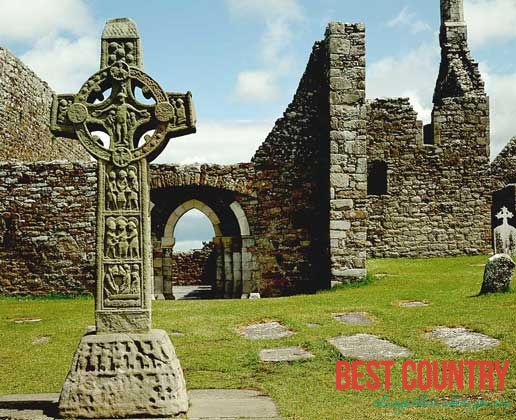Religion in the Republic of Ireland

In 2006, 86.8% of the population identified themselves as Roman Catholic, 1.4% less than 4 years earlier, although the number of Catholics increased by 218,800.
According to a Georgetown University study, the country also has one of the highest rates of regular Mass attendance in the Western World.
While daily Mass attendance was 13% in 2006 there had been a reduction in weekly attendance from 81% to 48% between 1990 and 2006, although the decline was reported as leveling off.
In the 1970s a survery had given figures at 91%. In 2011, it was reported that weekly Mass attendance in Dublin was on average 18%, with it being lower among younger generations and in some areas less than 2%.
Other significant Protestant denominations are the Presbyterian Church in Ireland, followed by the Methodist Church in Ireland.
The second largest Christian denomination, the Church of Ireland (Anglican), declined in membership for most of the twentieth century, but has more recently experienced an increase, as have other small Christian denominations.
The country\'s Hindu and Muslim populations have experienced significant growth in recent years, due chiefly to immigration. In percentage terms, Orthodoxy and Islam were the fastest growing religions, up by 100% and 70% respectively.
The 2006 census recorded 186,318 people (4.4%) who described themselves as having "no religion." An additional 1,515 people described themselves as agnostic and 929 as atheist.
A further 70,322 (1.7%) did not respond to the question.
Researchers debate the relative significance of secularisation as a general feature of Irish society, the interpretation of census results and the extent to which religious syncretism is becoming more widespread.
Religion will completely disappear from nine western countries (including Ireland) sometime this century, estimates a group of three US researchers.